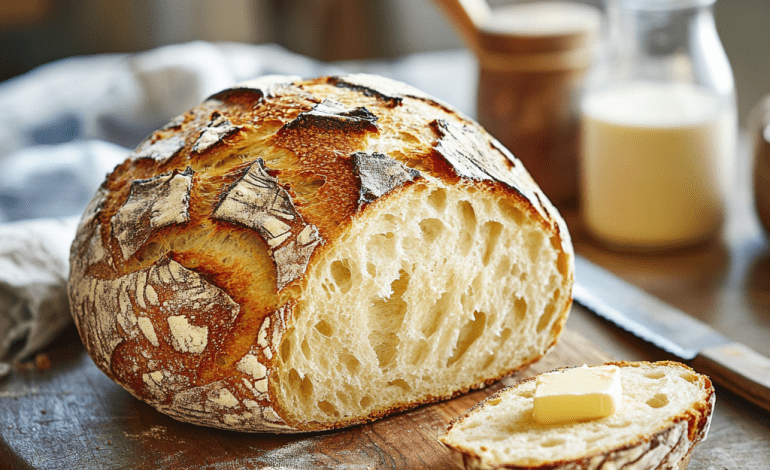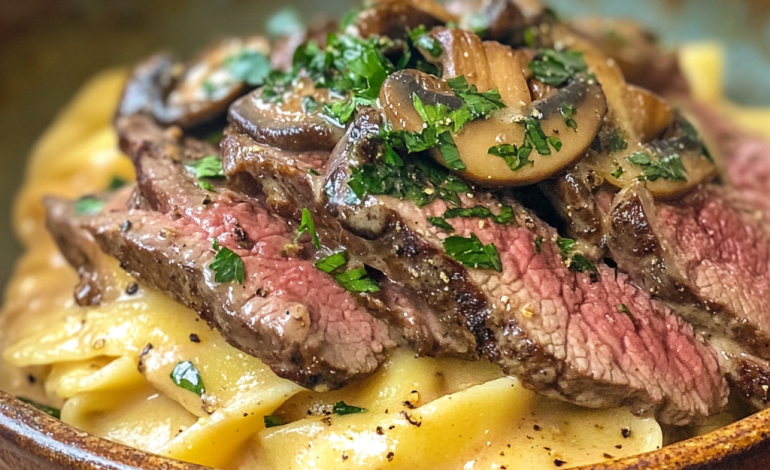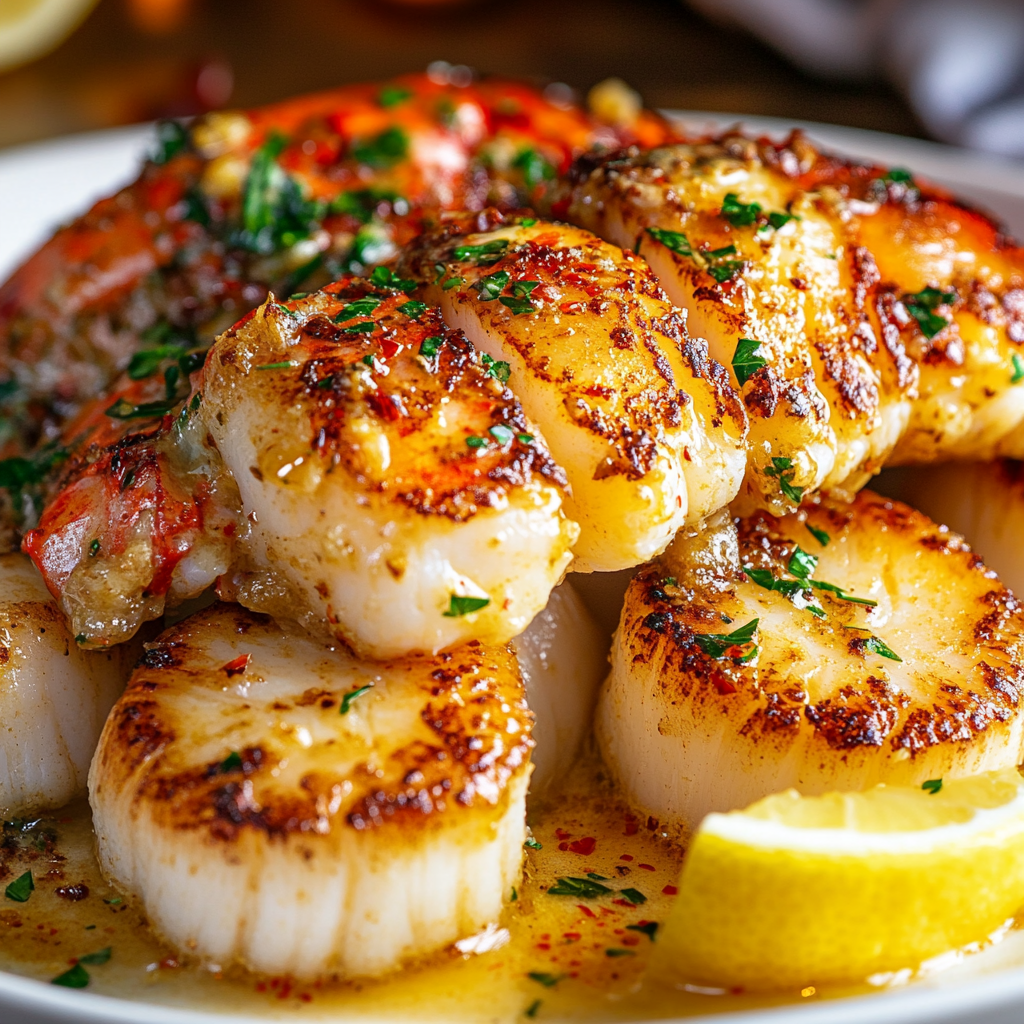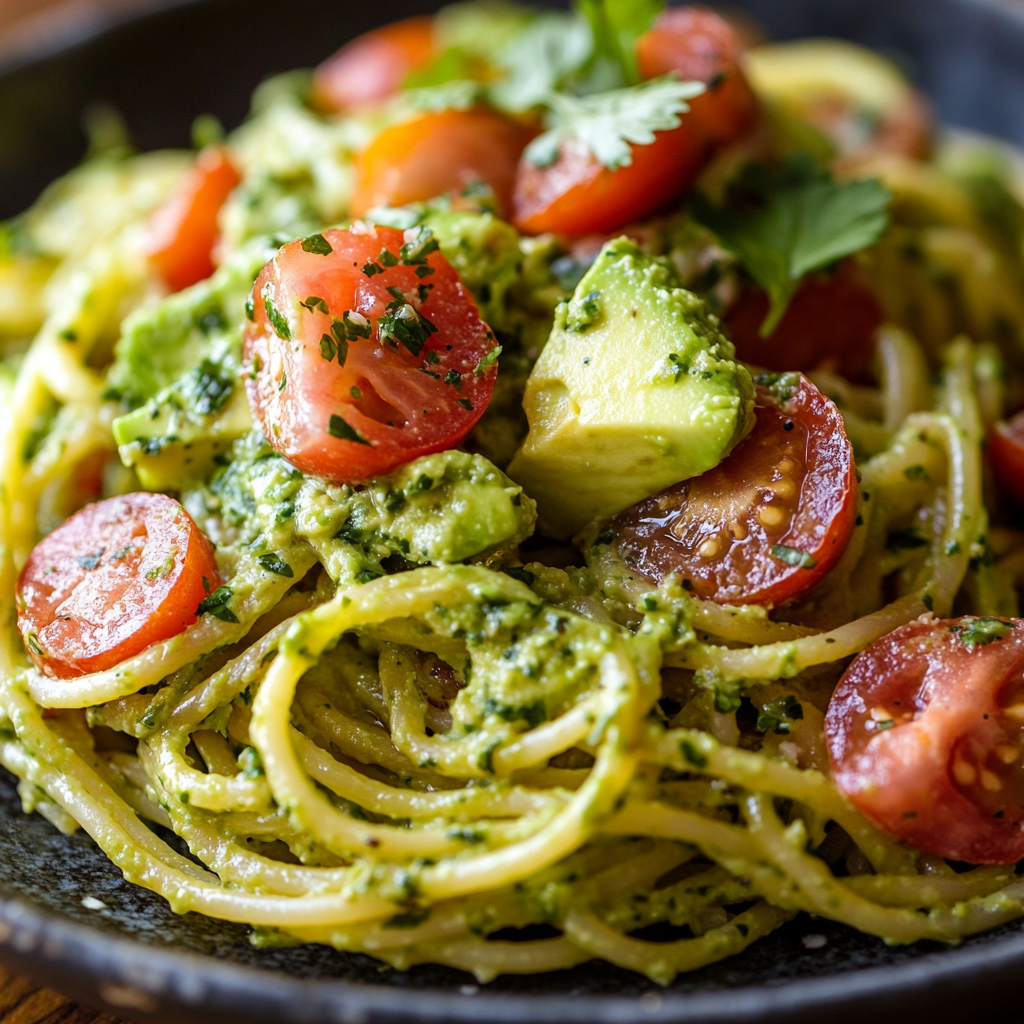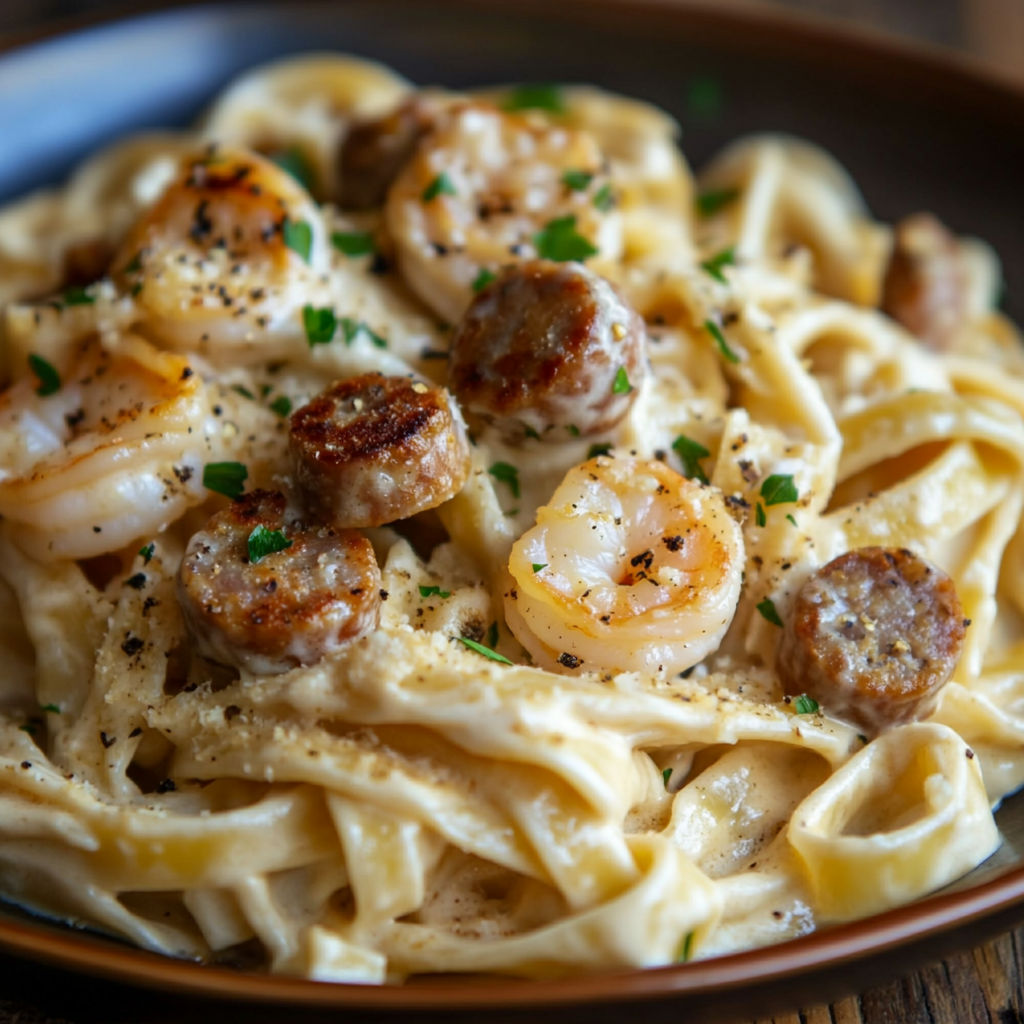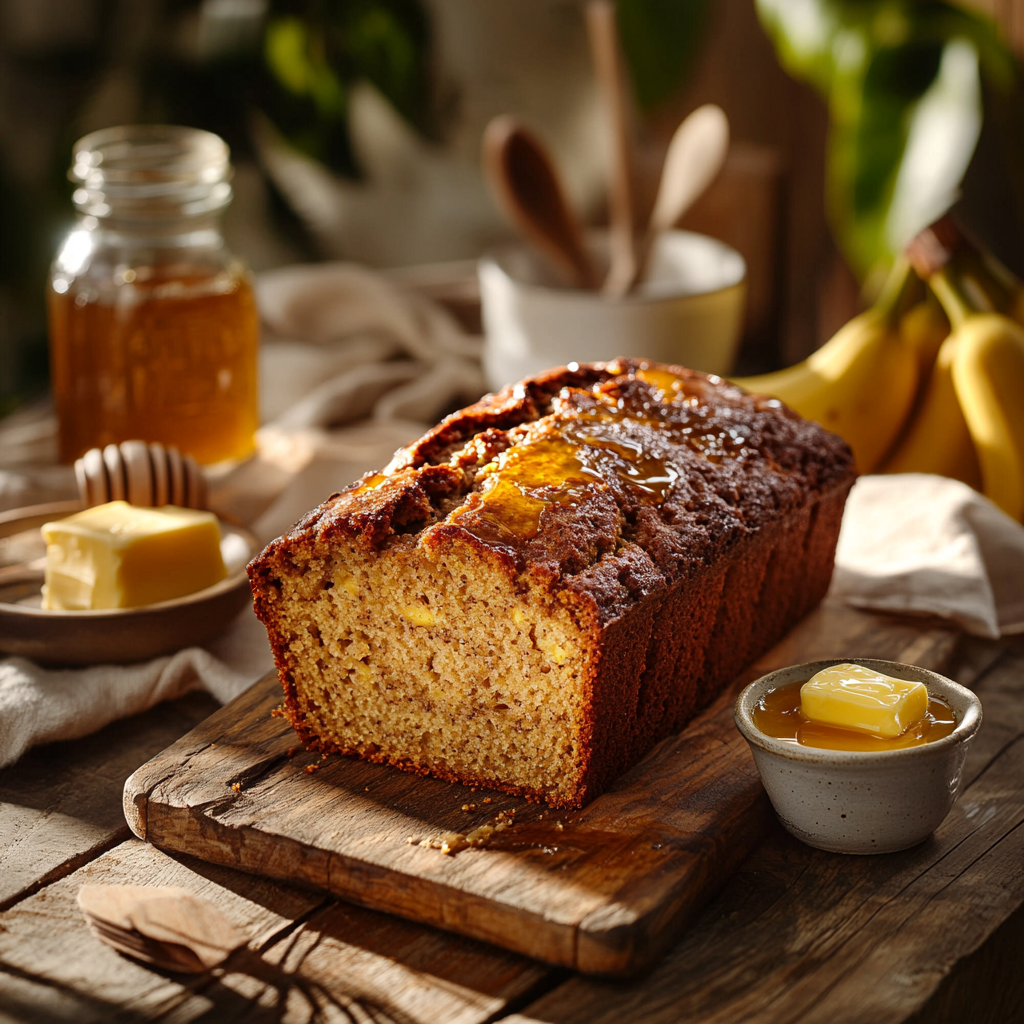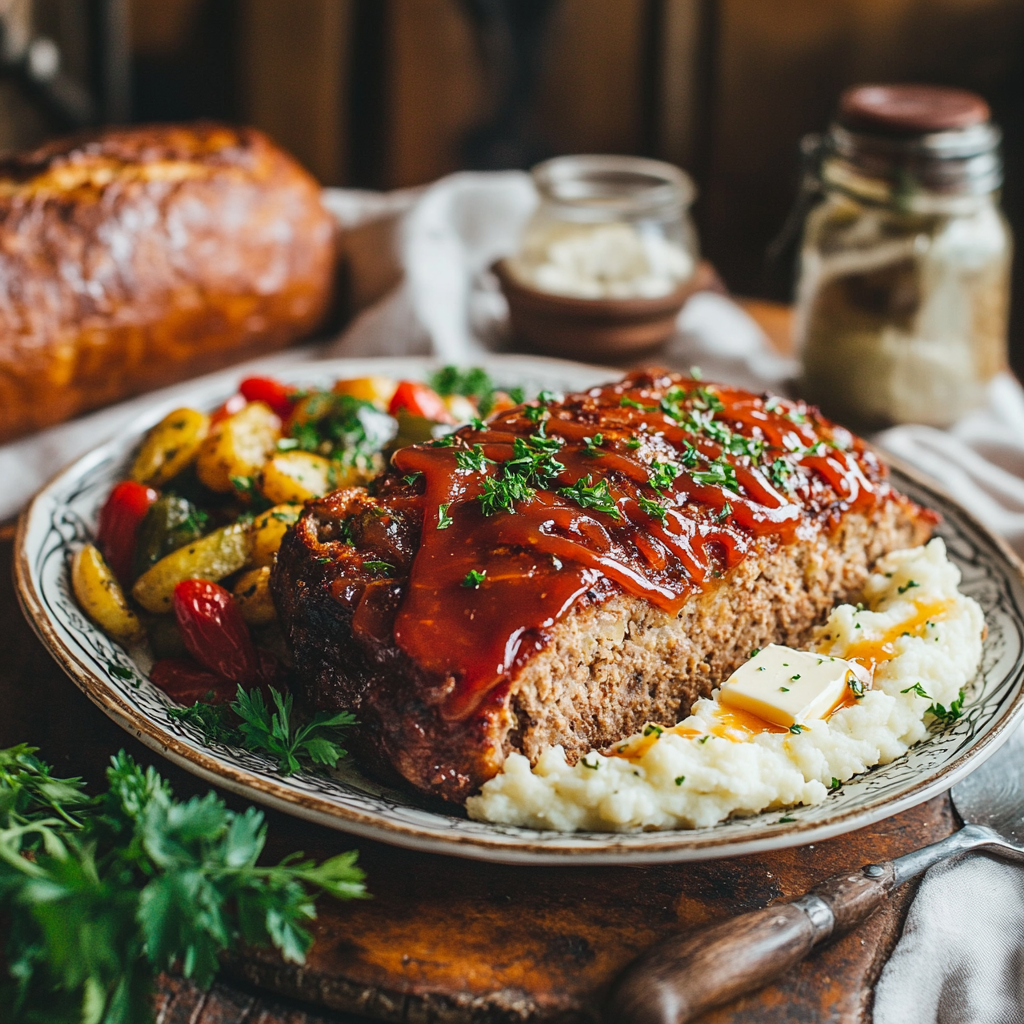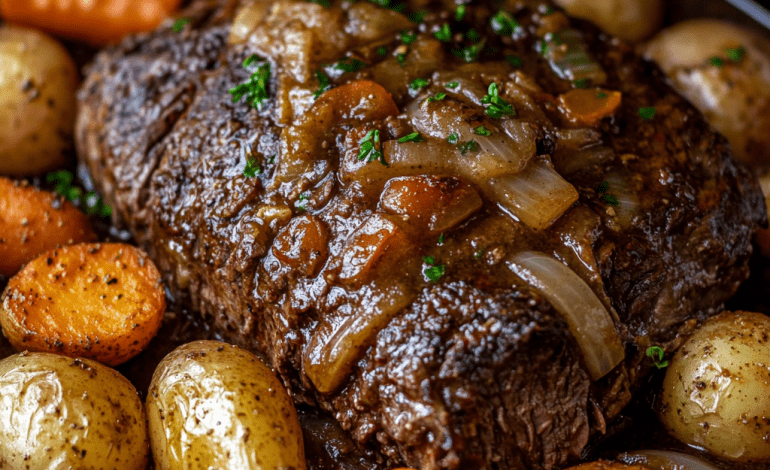
Nothing says comfort food like a classic pot roast recipe. Slow-cooked to perfection, pot roast is a dish that brings families together, fills homes with a rich, inviting aroma, and satisfies appetites with tender, flavorful meat and vegetables. Whether it’s a chilly winter evening or a special Sunday dinner, pot roast is the ultimate centerpiece for any meal.
Why This Pot Roast Recipe Is the Best
This pot roast recipe delivers mouthwatering results thanks to its perfect blend of techniques and ingredients. The meat is seared to lock in flavor, then braised with a medley of herbs, aromatics, and vegetables, creating a deeply flavorful, melt-in-your-mouth dish. With just a little prep and a lot of patience, you’ll have a one-pot wonder that’s sure to become a family favorite.
Ingredients
For the Roast:
- 3-4 pounds chuck roast (or brisket or round roast, depending on preference)
- 2 teaspoons kosher salt
- 1 teaspoon black pepper
- 2 tablespoons olive oil
For the Vegetables:
- 3 large carrots, peeled and cut into chunks
- 4 medium potatoes, peeled and quartered (Yukon Gold or Russets work best)
- 2 celery stalks, sliced
- 1 large onion, quartered
- 3 garlic cloves, minced
For the Braising Liquid:
- 2 cups beef broth
- 1 cup red wine (optional; substitute with more broth if preferred)
- 2 tablespoons tomato paste
- 2 teaspoons Worcestershire sauce
- 1 teaspoon dried thyme
- 1 teaspoon dried rosemary
- 2 bay leaves
How to Make Pot Roast: Step-by-Step Instructions
Step 1: Prep the Meat
Start by patting the chuck roast dry with paper towels. Generously season both sides with kosher salt and black pepper. This step ensures the meat develops a beautifully caramelized crust during searing.
Step 2: Sear the Meat
In a large Dutch oven or heavy-bottomed pot, heat olive oil over medium-high heat. Once hot, sear the roast for 3-4 minutes on each side until a deep golden-brown crust forms. Remove the roast and set aside.
Step 3: Sauté Aromatics
In the same pot, add the onion and garlic. Sauté for 2-3 minutes until fragrant, scraping up any browned bits from the bottom of the pot. These bits are packed with flavor and will enhance the dish.
Step 4: Deglaze the Pot
Pour in the red wine (if using) and scrape the bottom of the pot to deglaze it. Allow the wine to simmer for 2-3 minutes to reduce slightly, then stir in the tomato paste.
Step 5: Add the Liquid and Seasonings
Return the seared roast to the pot. Pour in the beef broth, Worcestershire sauce, thyme, rosemary, and bay leaves. The liquid should come about halfway up the sides of the roast. Bring everything to a gentle simmer.
Step 6: Add the Vegetables
Arrange the carrots, potatoes, and celery around the roast. Make sure they’re partially submerged in the liquid for even cooking.
Step 7: Slow-Cook the Roast
Cover the pot with a tight-fitting lid and transfer it to a preheated oven at 300°F (150°C). Let the pot roast cook for 3-4 hours, checking occasionally to ensure the liquid level remains consistent. Add a splash of water or broth if needed.
Step 8: Check for Doneness
The pot roast is ready when the meat is fork-tender and easily falls apart. The vegetables should also be soft but not mushy.
Step 9: Thicken the Sauce (Optional)
If you prefer a thicker gravy, remove the meat and vegetables from the pot and set them aside. Simmer the braising liquid on the stovetop until it reduces and thickens. You can also whisk in a cornstarch slurry (1 tablespoon cornstarch mixed with 2 tablespoons water) for a quicker thickening process.
Step 10: Serve and Enjoy
Slice or shred the pot roast and serve it alongside the vegetables, generously drizzled with the rich sauce. Garnish with fresh parsley for a pop of color.
Tips for Making the Best Pot Roast Recipe
Choose the Right Cut of Meat
The key to a tender pot roast is using the right cut. Chuck roast is ideal because it’s well-marbled with fat, which breaks down during slow cooking to create a juicy, flavorful result. Brisket and round roast are also excellent choices, though they may have slightly different textures.
Don’t Skip the Searing
Searing the meat before braising locks in its juices and adds a depth of flavor that makes the finished dish irresistible. Take your time with this step for the best results.
Low and Slow is the Way to Go
Pot roast is all about patience. Slow cooking at a low temperature allows the collagen in the meat to break down, resulting in a tender, melt-in-your-mouth texture. Resist the urge to rush the process!
Customize the Vegetables
Feel free to swap in your favorite root vegetables, such as parsnips, turnips, or sweet potatoes. Green beans or mushrooms can also be added in the last 30 minutes of cooking for a burst of flavor and color.
Storage and Reheating
Store leftover pot roast in an airtight container in the refrigerator for up to 3 days. Reheat gently on the stovetop or in the microwave to prevent drying out. For longer storage, freeze portions for up to 3 months.
Variations on the Classic Pot Roast Recipe
Instant Pot Pot Roast
Short on time? Use an Instant Pot for quicker results. Sear the meat using the Sauté function, then pressure cook the roast and vegetables on High for 60 minutes. Allow a natural pressure release for 10 minutes before serving.
Slow Cooker Pot Roast
For a hands-off approach, use a slow cooker. After searing the meat and sautéing the aromatics, transfer everything to the slow cooker. Cook on Low for 8-10 hours or High for 4-6 hours.
Herb-Crusted Pot Roast
Add a flavorful crust by mixing fresh herbs, minced garlic, and olive oil. Rub the mixture over the seared roast before braising for an herby twist.
Spicy Pot Roast
Add a kick of heat by including a teaspoon of crushed red pepper flakes or a splash of hot sauce in the braising liquid. This variation pairs wonderfully with mashed potatoes or crusty bread.
Serving Suggestions for Pot Roast
Classic Comfort Food Pairings
- Mashed Potatoes: Creamy mashed potatoes are the ultimate side dish for soaking up the rich gravy.
- Buttered Egg Noodles: Serve the pot roast over a bed of buttered egg noodles for a hearty meal.
- Crusty Bread: Use fresh, crusty bread to mop up every last drop of the savory sauce.
Lighter Options
- Cauliflower Mash: For a low-carb alternative, pair pot roast with cauliflower mash.
- Side Salad: A crisp green salad with a tangy vinaigrette balances the richness of the dish.
- Steamed Vegetables: Broccoli, green beans, or asparagus make simple yet flavorful accompaniments.
The History of Pot Roast
Pot roast has deep roots in culinary traditions around the world. In the United States, it’s often associated with classic Yankee cuisine, while in France, the dish is reminiscent of “boeuf à la mode.” This time-honored method of slow cooking tougher cuts of meat has been cherished for centuries, offering an economical and delicious way to feed a crowd.
Conclusion
This pot roast recipe is a timeless classic that’s perfect for family dinners, holiday gatherings, or meal prep. With its tender meat, flavorful vegetables, and rich sauce, it’s a dish that’s sure to impress. Whether you’re a seasoned cook or a kitchen novice, this recipe delivers foolproof results every time.
What’s your favorite way to enjoy pot roast? Share your tips and variations in the comments below!

